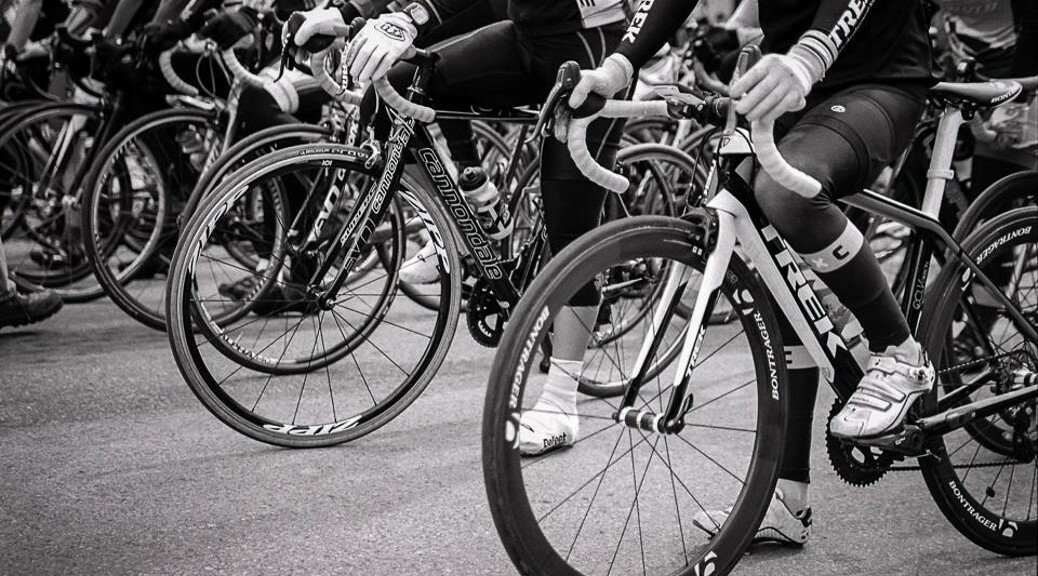Introduction
Finding the right balance between academic and athletic goals is a crucial aspect of a student's journey. In this fast-paced world, it's essential to strike a harmonious equilibrium between these two domains. By prioritizing effectively, students can excel academically while reaping the benefits of participating in sports. This article will delve into the significance of finding balance and provide strategies for students and educators to navigate this delicate path towards success and well-being. Be sure to read the recommendations in this article, and note that in order to effectively combine your everyday or sports life while completing all important academic tasks on time, it is important to delegate your responsibilities and buy reaction paper online.
The Benefits and Challenges of Pursuing Academic and Athletic Goals
Participating in both academics and athletics offers numerous advantages. Firstly, it fosters the development of time management and discipline skills. Juggling coursework and training teaches students the art of prioritization and effective use of their limited time. Secondly, engaging in sports contributes to physical and mental well-being. Regular exercise releases endorphins, reduces stress levels, and enhances cognitive abilities, thus positively impacting academic performance. Lastly, the combination of academics and athletics provides opportunities for personal growth, character building, and instills qualities like teamwork, leadership, and perseverance.
However, balancing academic and athletic commitments can present challenges. Limited time and competing priorities are common hurdles faced by students. They must navigate the demands of exams, assignments, and practice sessions. Moreover, the pressure to excel in both areas can be overwhelming. Striving for academic excellence while meeting athletic expectations can lead to stress and anxiety. Additionally, maintaining a social life and engaging in other extracurricular activities may become challenging due to time constraints.
Strategies for Finding the Right Balance
To find the optimal balance between academic and athletic pursuits, students need to adopt specific strategies. Firstly, it is crucial to assess personal priorities and goals. Self-reflection and goal setting enable students to understand what truly matters to them. By considering the long-term implications of their academic and athletic choices, students can make informed decisions that align with their aspirations.
Next, effective time management techniques are essential. Prioritizing tasks and creating a schedule can help students allocate sufficient time for both academics and athletics. They can identify peak productivity hours and optimize study and practice time accordingly. Seeking support and guidance from coaches, teachers, and parents can provide valuable insights and assistance in creating a well-balanced schedule.
Maintaining physical and mental well-being is equally important in achieving balance. Students must prioritize rest, sleep, and recovery to avoid burnout. Implementing stress management techniques such as mindfulness, exercise, and hobbies can help alleviate the pressures of academic and athletic pursuits. Balancing academic and athletic commitments with self-care ensures long-term sustainability and overall well-being.
Effective communication and collaboration are vital aspects of finding balance. Open communication with coaches, teachers, and parents is key to managing expectations and addressing any concerns or challenges. Collaborating with academic and athletic support systems can help students access resources and receive personalized assistance. Advocating for personal needs and seeking accommodations, if necessary, can ensure a supportive environment conducive to success.
Resources and Support
Numerous resources are available to support students and educators in their quest for balance. Academic support services such as tutoring, study groups, and time management workshops can assist students in refining their study skills and managing their academic workload. Athletic support services, including coaching, training programs, and sports psychologists, offer guidance in optimizing athletic performance while maintaining academic commitments. Additionally, online tools and apps for time management and organization can provide valuable assistance in staying organized and on track.
It is essential for students and educators to recognize the importance of seeking guidance and support when needed. Building a strong support network, including teachers, coaches, and parents, can provide the necessary guidance and encouragement throughout the journey of balancing academic and athletic goals.
Conclusion
In conclusion, finding the right balance between academic and athletic goals is a significant undertaking for students. By understanding the benefits and challenges, implementing effective strategies, seeking support, and utilizing available resources, students can successfully navigate this path. It is crucial to prioritize well-being, set clear goals, manage time effectively, and communicate openly. With careful planning and prioritization, students can achieve academic excellence and athletic success while fostering personal growth and well-being. Remember, finding balance is a dynamic process that requires constant evaluation and adjustment, but it is a journey worth pursuing.
Here are some links to additional resources and tools that can be helpful for students and educators in prioritizing academic and athletic goals and finding the right balance:
Study.com: Offers a range of academic resources, including study guides, practice quizzes, and instructional videos, to support students in managing their academic workload effectively. (https://www.study.com/)
Khan Academy: Provides a vast library of free online courses and educational materials to help students strengthen their academic skills and learn at their own pace. (https://www.khanacademy.org/)
National Collegiate Athletic Association (NCAA): The NCAA website provides information for student-athletes on eligibility requirements, academic standards, and resources to help them succeed academically while participating in collegiate athletics. (https://www.ncaa.org/)
Headspace: A popular mindfulness and meditation app that can help students manage stress, enhance focus, and improve overall well-being. It offers guided meditation sessions specifically designed for students. (https://www.headspace.com/)
Headline photo by Matthew Hall Photography.

Pingback: The Morning Pride: March 28, 2014 | Omaha Free Press
Pingback: The Morning Pride: March 28, 2014
Pingback: Policies Are For Progress | ECCC Blogosphere
Pingback: Joining the Conversation | the T cycle